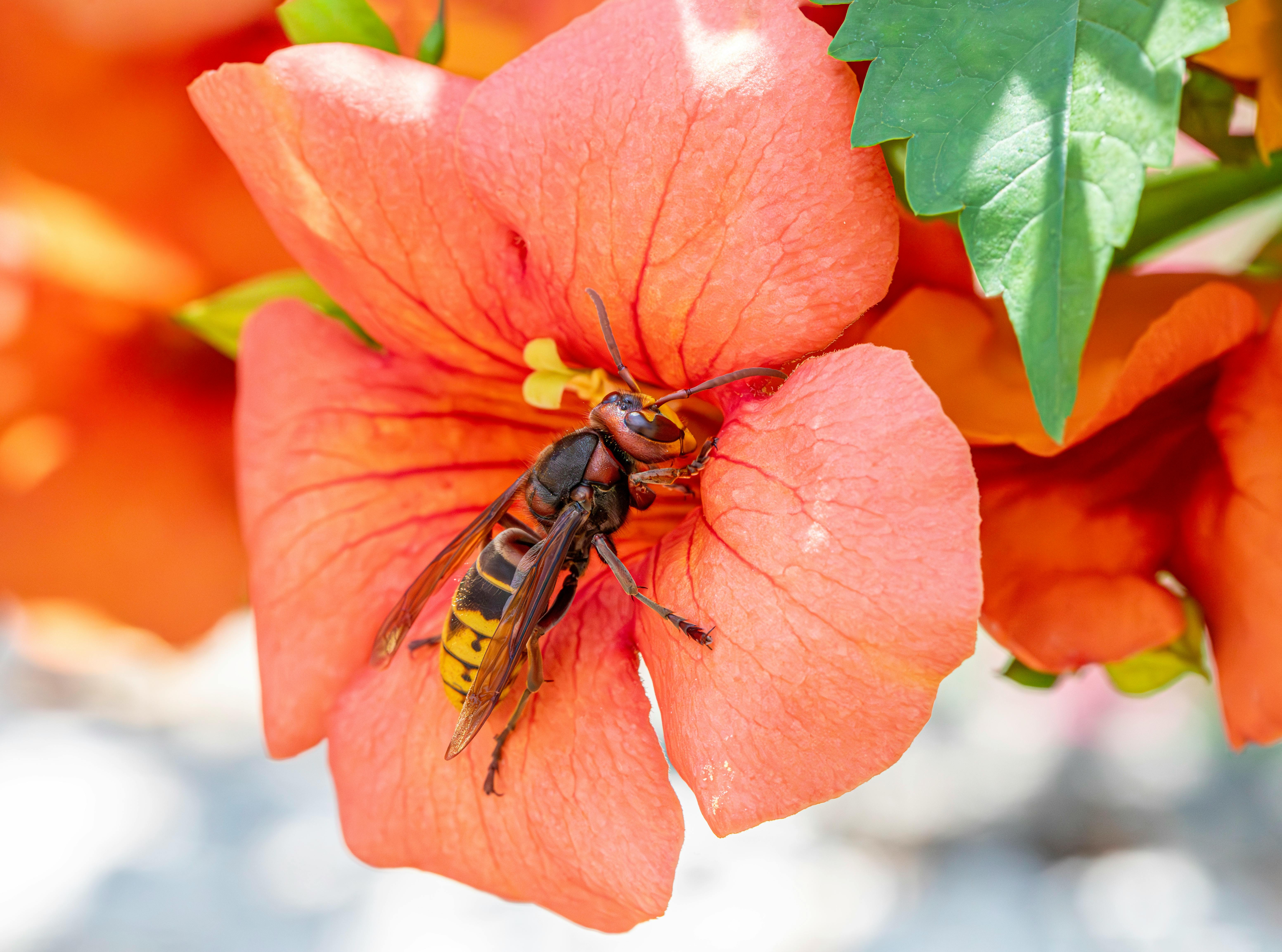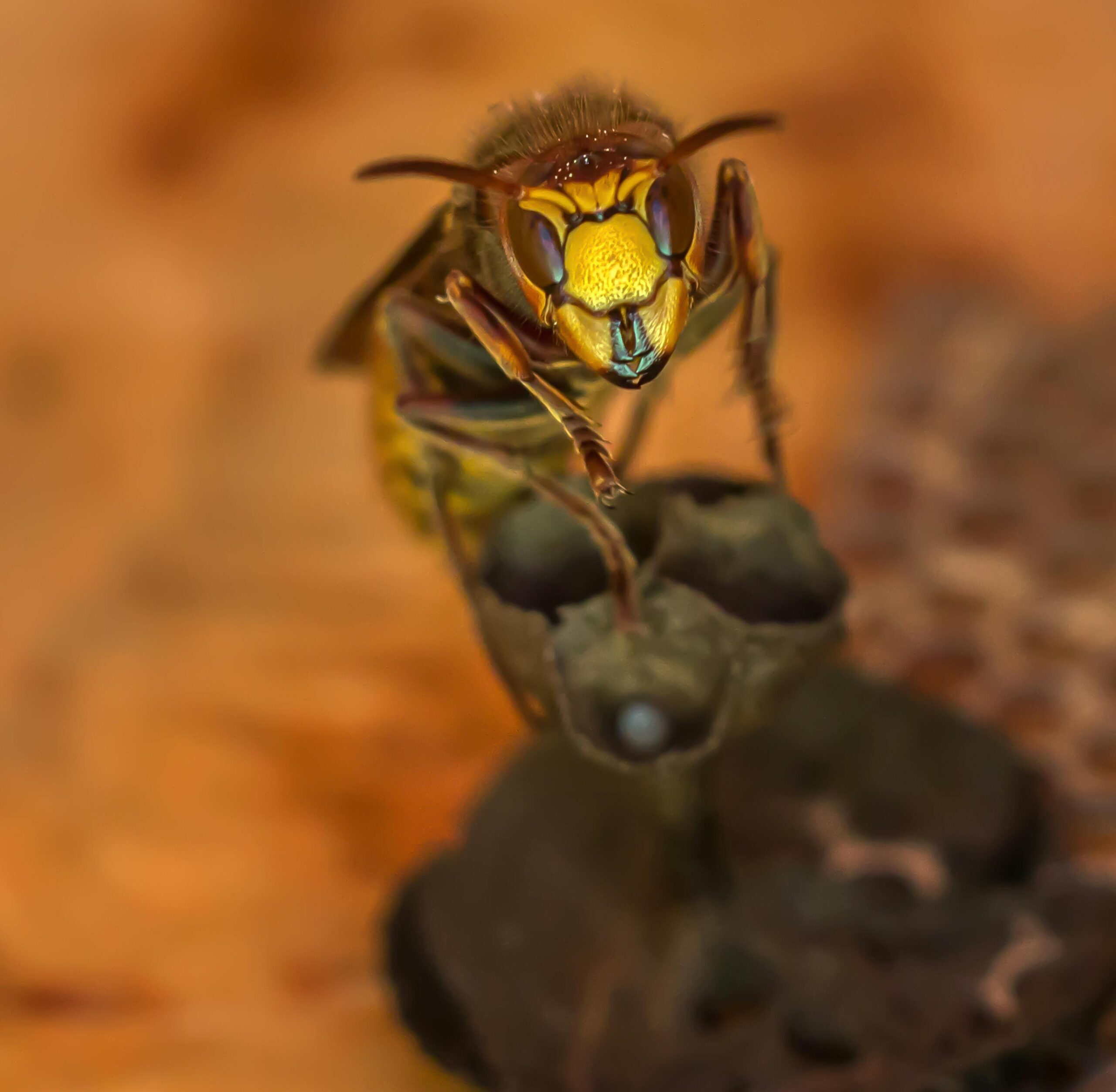Hornissennest: Understanding and Managing the Wasp Nest in Your Yard
What is a Hornissennest?
The term **Hornissennest** refers specifically to the nest created by Hornets, a type of social wasp known for their large size and aggressive behavior when provoked. These nests can typically be found in trees, attics, or even underground, constructed from a papery substance made from chewed wood fibers mixed with their saliva. Understanding hornissennest characteristics is crucial for effective management, especially if one is discovered in close proximity to human dwellings.

Identifying a Hornissennest
Recognizing a **Hornissennest** is the first step in addressing its presence. One key characteristic is its size, often larger than that of a bee or wasp nest, sometimes reaching the size of a basketball. The nests feature a round shape and can be grayish-brown due to the material used in their construction. Maintenance of the area around the nest is essential, as Hornets can become extremely aggressive if they feel threatened, especially during the fall when they are preparing for winter.
Why Hornets Build Nests
Hornets build nests primarily as a means for reproduction and fostering their young. A single queen hornet begins the nest’s construction in the spring, laying eggs that will develop into workers, and the workers subsequently help expand the nest. An understanding of this lifecycle is important for planning interventions, as spring and early summer are typically when nests are smaller and more manageable. **Hornissennest** construction peaks in late summer, marking a time when they are most active and potentially dangerous to humans.
Safety Precautions and Risks
When dealing with a hornissennest, safety is paramount. Hornets can sting multiple times and may become aggressive if their nest is approached. It’s wise to assess the situation carefully. If you or someone you know is allergic to stings, the nest should be approached with extreme caution or left to professionals. It’s essential to avoid swatting at the hornets, as this can provoke them further. Understanding the risks associated with hornissennest is key to ensuring safety for both yourself and others.
Signs of Infestation
Before attempting any management, it’s important to identify signs of infestation. Common indicators include visible nests, unusual hornet activity, and even hornets entering and exiting small openings. If you observe such signs, take immediate note of the nest’s location and behavior patterns. If the nest is large or situated in a difficult location, it may be time to consult professional pest control services, which specialize in the safe removal of hornissennests.
Steps for Safe Removal
Should you decide to manage the hornissennest yourself, follow these steps for safety: First, select a cool evening or early morning to approach, as hornets are least active then. Equip yourself with protective clothing, preferably a beekeeping suit or thick clothing, and ensure you have insecticidal spray specifically designed for wasps and hornets on hand. Standing at a safe distance, aim to spray the entrance of the nest thoroughly. Retreat and wait to ensure the activity decreases, revisiting only after a couple of days to check on the nest. Remember, safety is vital during the removal process.
Preventing Future Hornissennest Construction
To deter hornets from nesting in your vicinity, proactive measures are essential. Start by identifying potential nesting sites on your property, such as protected areas in trees, under eaves, or sheds. Regularly examine these locations in early spring when hornets begin seeking nesting sites. By maintaining a clean yard free of debris and food sources, hornets may be discouraged from establishing a nest nearby. Ensuring that garbage bins are tightly sealed and removing fruit or compost piles can also help in prevention.
Using Repellents
Various natural repellents can assist in warding off hornets. Essential oils, such as peppermint or clove, are known to deter insects when sprayed around areas where nesting is likely. Creating a mixture of these oils with water and applying them to structures can provide additional deterrence. Even though these methods may not guarantee complete prevention, they complement other strategies in minimizing the risk.
When to Seek Professional Help
Knowing when to seek assistance is essential in hornet management. If confronted with a large or high-up nest, or if there’s an infestation issue near frequent human activity, professional pest control is advisable. These experts have the training and tools to handle hornissennests safely and effectively, reducing the risk of stings and ensuring proper removal without attracting further aggression from the hornet population.
Key Takeaways
Successfully managing hornissennests requires knowledge, safety, and preventive strategies. Recognizing the signs of a nest and understanding hornet behavior is vital. Implementing safety precautions, knowing when to seek help, and applying preventive methods can minimize complications and risks associated with these pests. Stay informed, and take actionable steps to ensure your home remains hornet-free.
FAQ
1. What should I do if I find a Hornissennest in my yard?
If you encounter a **Hornissennest**, assess its location and size. If it poses a risk, consider safety measures or professional removal. Avoid disturbing the nest, as hornets can be aggressive when threatened.
2. Are Hornets dangerous to children and pets?
Yes, hornets can pose a danger due to their defensive nature. Children and pets that unknowingly provoke a hornissennest can be stung, leading to painful reactions. Supervision and caution are essential in your yard.
3. How long do hornissennests last?
A typical hornissennest lasts through the warmer months, with most nests dying back in the fall or winter. The populations typically dwindle as temperatures drop, but nests may remain intact until the next spring.
4. Can hornets return to the same nest each year?
Hornets typically do not reuse old nests. Instead, the queen will start a new nest each year. However, proper preventive measures can help to ensure that hornets do not build a nest at your property.
5. What are some DIY methods to deter hornets?
DIY methods include using essential oils as repellent, setting up traps, or using physical barriers to reduce nesting opportunities. Keeping the area clean and devoid of food sources can also discourage hornets from nesting nearby.
